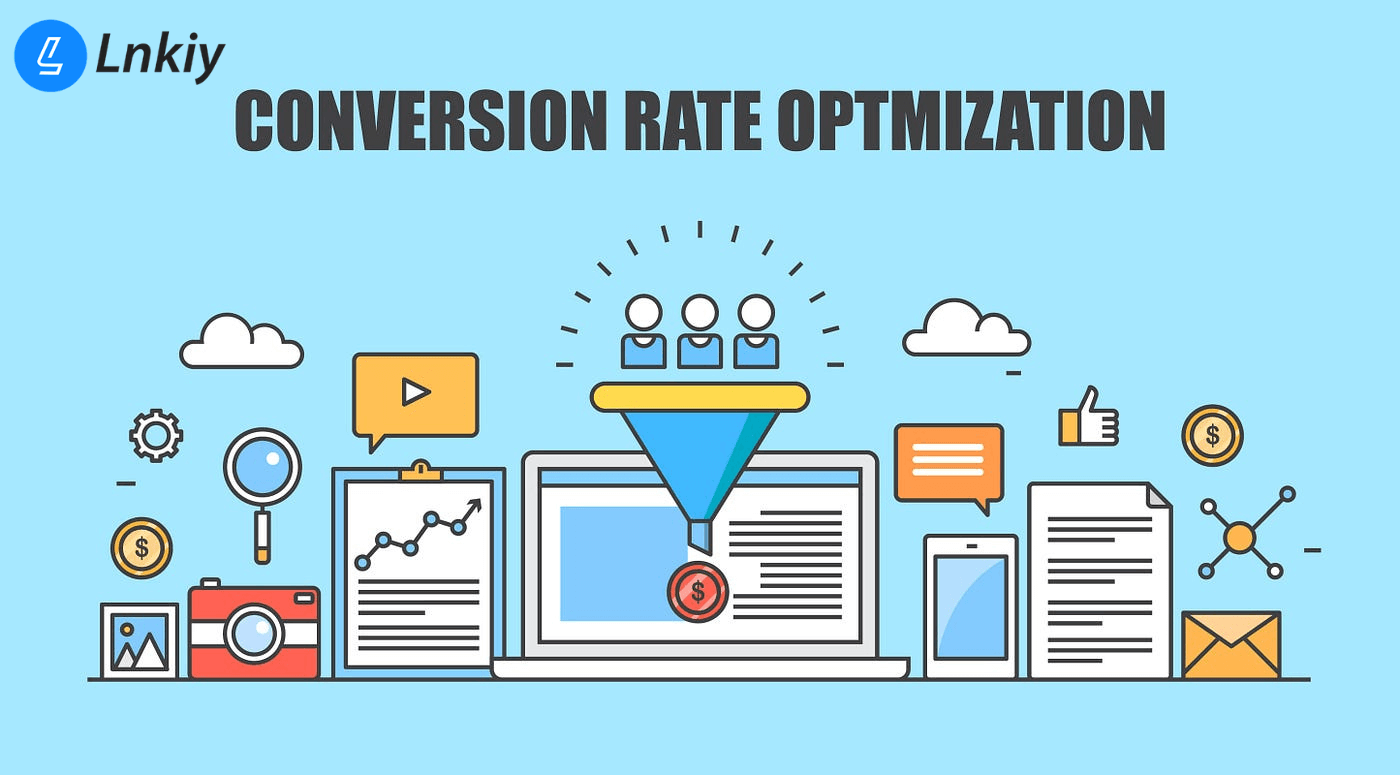Conversion Rate Optimization is a systematic approach to enhancing the percentage of website visitors who take desired actions, such as making a purchase, filling out a form, or subscribing to a newsletter. Unlike efforts to increase traffic, CRO aims to extract more value from existing visitors by optimizing various elements of a website.
Conversion Rate Optimization (CRO) emerges as the key strategy in this pursuit, focusing on refining user experiences to boost conversion rates and maximize the return on investment (ROI) from online efforts.
